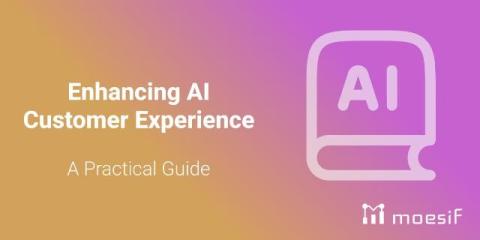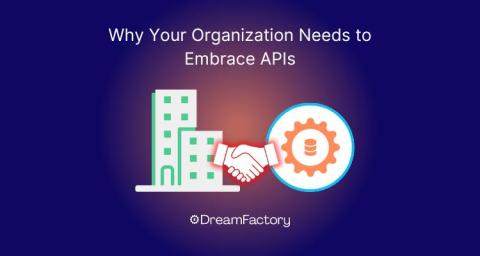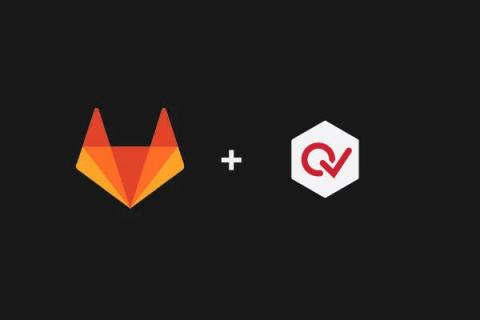API-First: Shifting Your Focus from UI to Product Value
If you’re interested in #apifirst but struggle to understand the organisational or operational drivers that might indicate a positive return on investment for adopting such approaches, then check out this session from Frank Kilcommins and Nauman Ali. They cover the topics above and showcase how visual tools, like the new Form Editor within #Swaggerhub can help break down the barriers to participation in API delivery.











